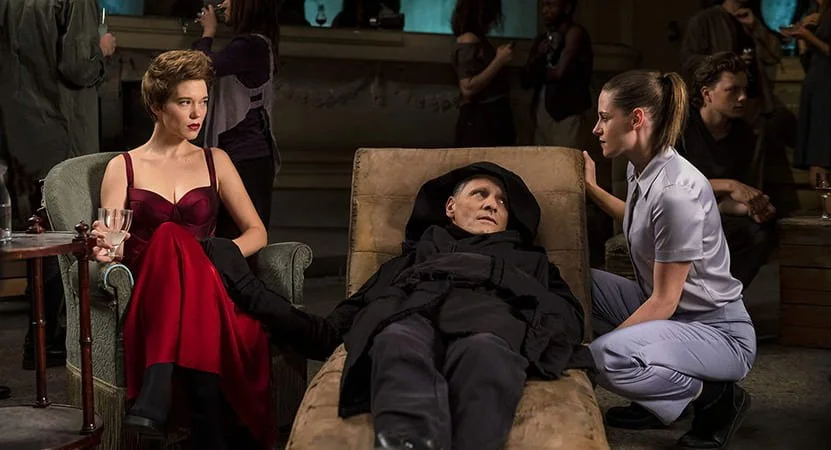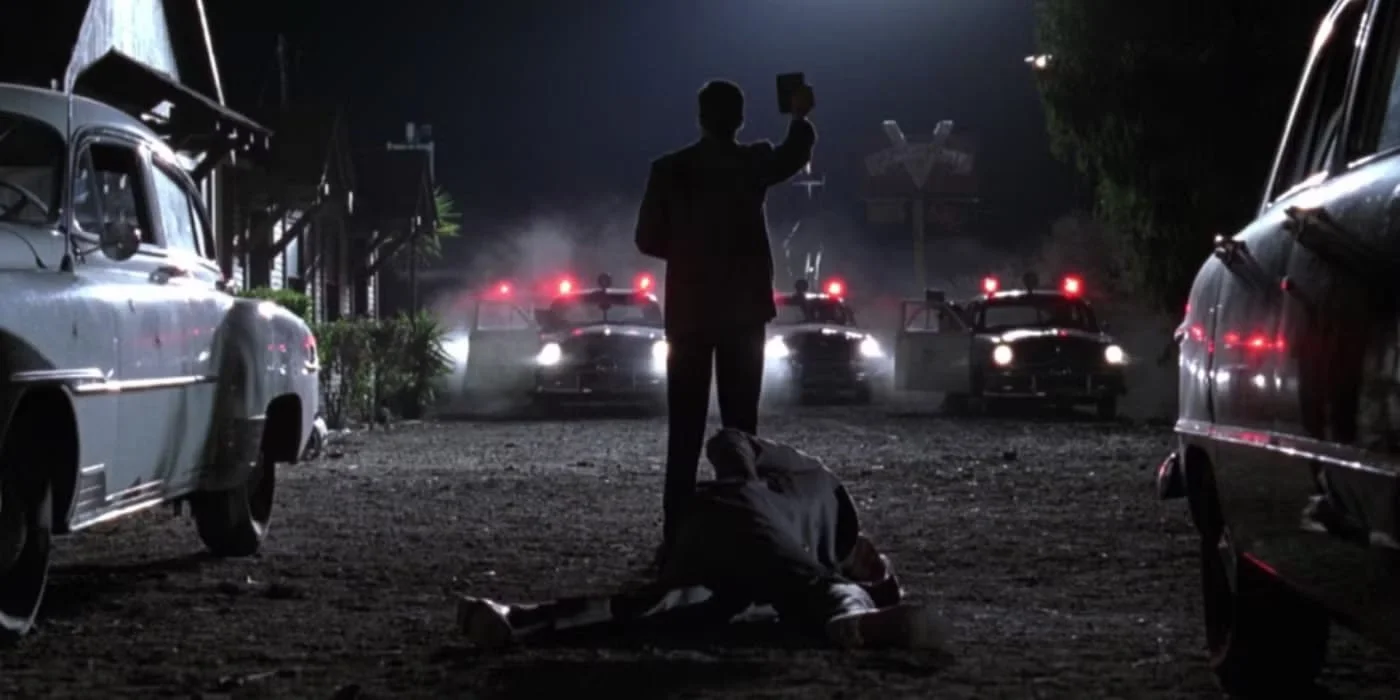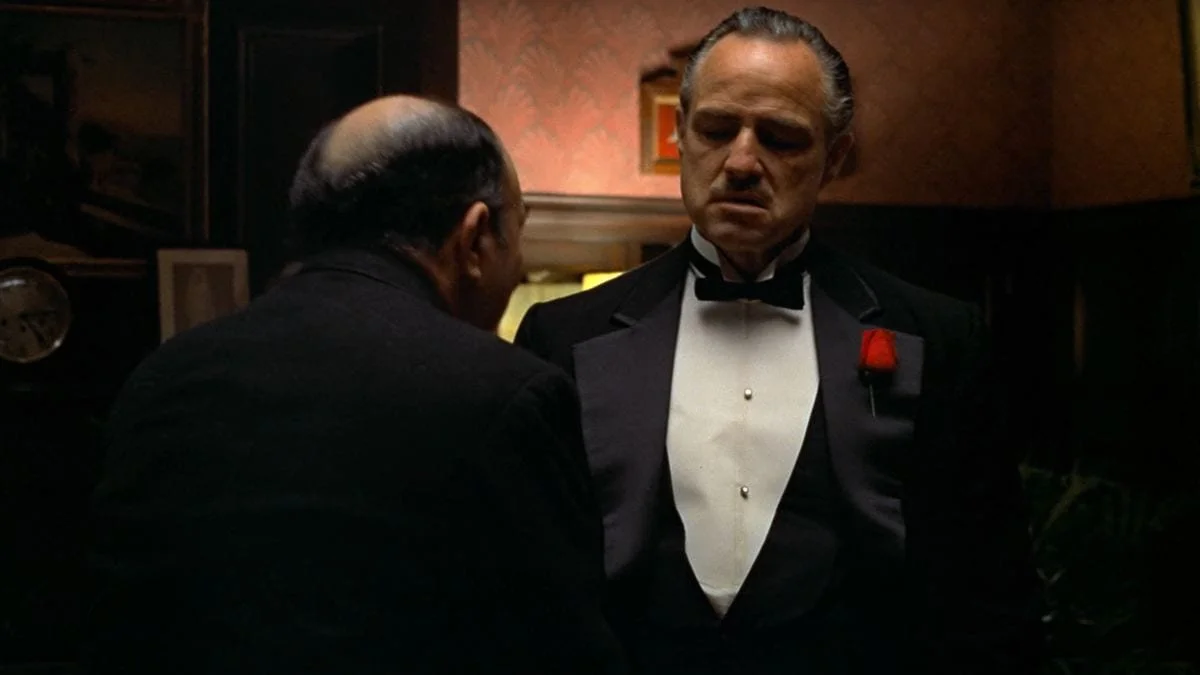Establishing Shot, IU Cinema’s blog, critically frames cinema with original writing by a roster of dedicated cinephiles and guest contributors that reflect both the Cinema’s programming and the wider world of film and film culture. At a currently monthly readership of 11,000, Establishing Shot is always thought-provoking, occasionally academic, sometimes silly, and consistently rewarding.
Read the entire archive and new articles here, or explore contributions from Dr. Kozma below.
-

Meet the Director
“People and films that take chances, that aren’t afraid to make the audience uncomfortable, to push them to places they haven’t been to before, or maybe didn’t necessarily want to go to. Films that won’t allow you to forget them, that you can’t stop thinking or talking about, the ones that buzz your brain. Those are the ones for me.” Read More
-

Women on Top: Spotlighting the Work of Global Women Filmmakers
“Yet far fewer women than men transition into the professional film industry. Many of the few women working in film today posit this is because young women professionals lack a deep knowledge of the ways women have already shaped the film landscape, while also having almost no women mentors to look up to, to guide them, and demonstrate the real possibility of a career in the industry.” Read More
-

New Americas Cinema: What is international about international cinema, anyway?
“On a superficial level, international films are just that: films that cross national boundaries. Yet on another level, international films are a legacy of national cinema, that notoriously slippery term that encompasses a wide range of industrial, aesthetic, and economic strategies that countries across the world employed — and still do — to push back against the global dominance of Hollywood.” Read More
-

The International Art House
“Even today, defining an ‘art house film’ is notoriously difficult. The designation cannot claim a hard and fast identity and is often applied to any film that screens in an art house theater…Art house films often find themselves subject to the oft-quoted litmus test coined by U.S. Supreme Court Justice Potter Stewart in his famous determination of what constitutes obscene art: ‘I can’t define it, but I know it when I see it.’” Read More
-

The Awards Paradox
“In short, film awards often reify the same normative film tastes, talents, and representation while narrowing the public’s understanding of the breadth and depth of the cinematic landscape. This is, of course, not to say that there are not benefits to an Oscar win, particularly for those rare films that are simultaneously low-profile for mainstream audiences but embraced by the Academy.” Read More
-

Hush Hush and on the QT: The Noir Roots of L.A. Confidential
“While “neo-noir” has often become a type of shorthand to convey atmosphere rather than necessarily as connective tissue to an established noir aesthetic, thematic, and narrative style, Hanson’s film is a closely-linked descendent of the subsection of classic noir films concerned in some way with exposing municipal corruption — films like The Big Heat (1953), Touch of Evil (1958), Kiss Me Deadly (1955), and I Wake Up Screaming (1941).” Read More -

Twinkle Lights and Gun Fights: Watching The Godfather on Christmas
At their core, what makes The Godfather and The Godfather Part II so enduringly compelling is that they are stories about America, what it means to be successful in America, and what it means to be a family in America. Fundamentally, these films are a tense mix of a recrimination of the American Dream as a dangerous mythology that valorizes individualism over collectivism while encouraging unchecked capitalist competition at the expense of the common good AND a love story to the unbreakable bonds of the nuclear family. Read More
-

Succumb to the Big Screen
We all know that IU Cinema is the best place to see a film on the big screen — our projection technology, rigorous quality control, and theatrical experience standards are well known on campus and in our broader community. But it’s not just our physical infrastructure that makes this possible; it’s the dedicated staff — our technological experts — who make our screenings come to life. Read More
